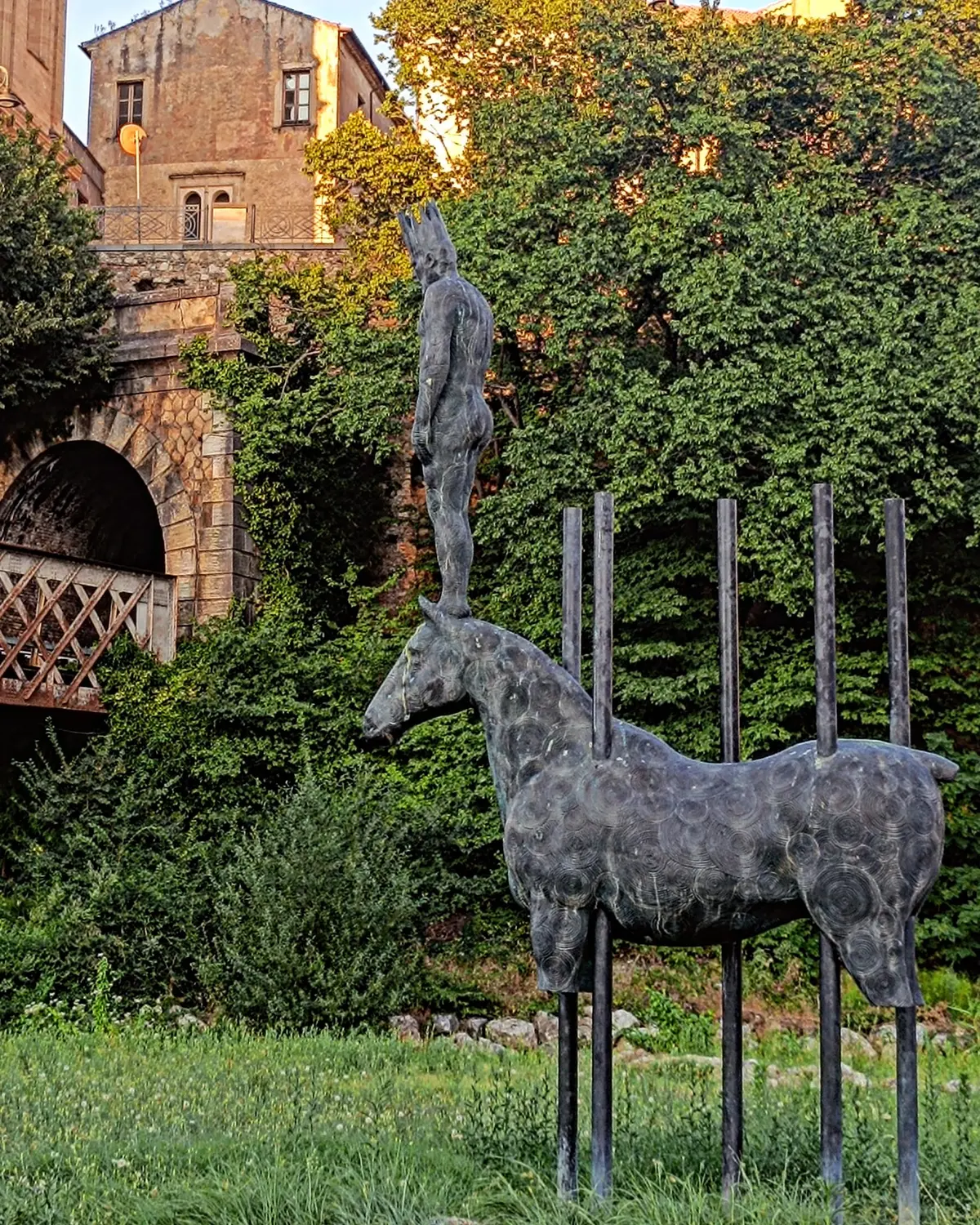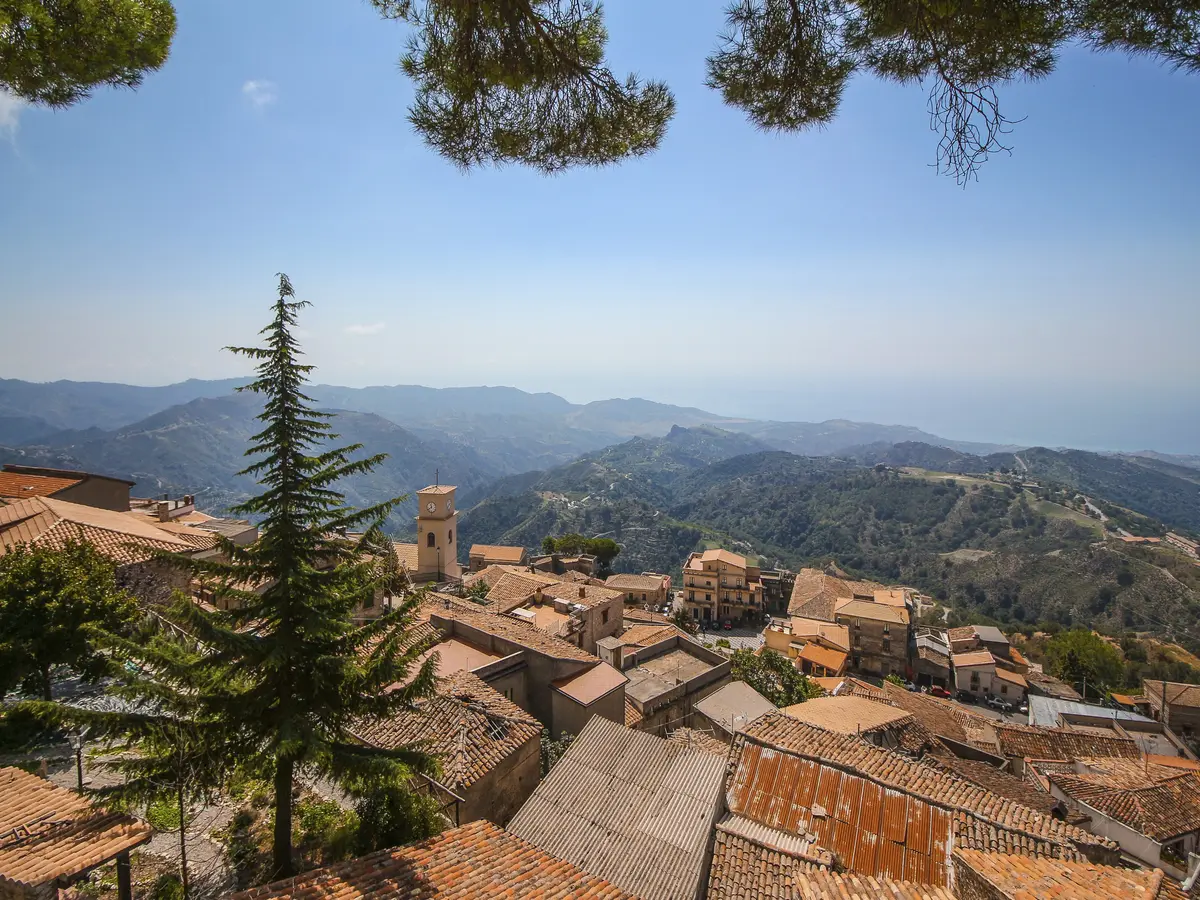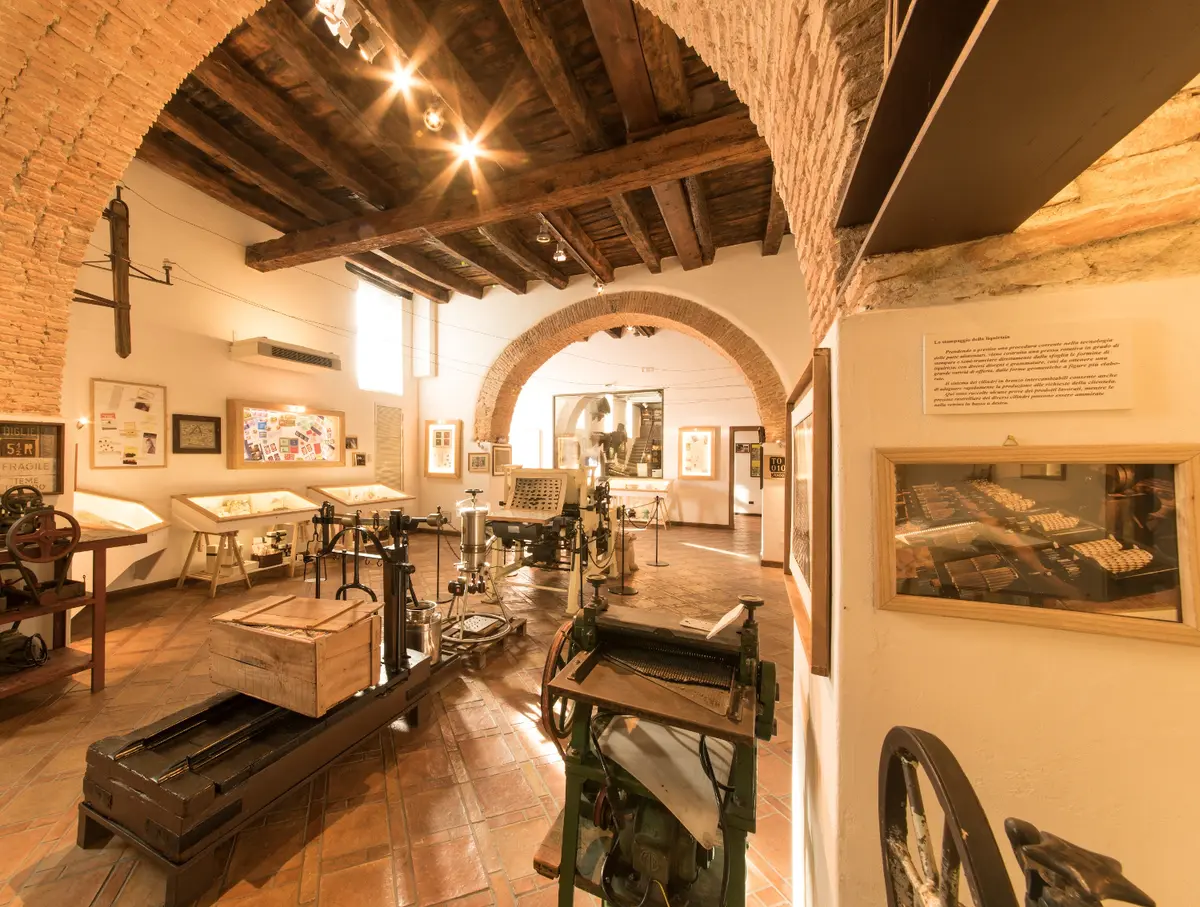Autumn at museums in Calabria: 6 places not to be missed
Tour of some of Calabria's most beautiful museums

Art and Culture
Regione Calabria
Autumn is the ideal season to visit museums and exhibitions in Calabria.
From the north to the south of the region, Calabria's museum offerings are varied and articulated, offering visitors a wealth of art, history, archaeology and tradition of great value.
Among the Calabrian national museums and those of international importance, we would like to point out a few that are worth a visit on an autumn weekend or on an excursion out of town that combines the discovery of the territory with that of the main artistic productions.
National Archaeological Museum of Reggio Calabria
Our tour of Calabrian museums can only start from the "temple of the Bronzes", the National Archaeological Museum of Reggio Calabria.
The museum is located in the heart of the city's historic centre, Piazza De Nava, inside Palazzo Piacentini, which has recently undergone an extraordinary museographic restoration, a stone's throw from the Falcomatà seafront.
The National Archaeological Museum of Reggio Calabria is one of the most prestigious archaeological museums in Italy, since together with its counterparts in Naples and Taranto, it houses some of the most significant evidence of Magna Graecia.
It was the archaeologist Paolo Orsi, the first superintendent in Calabria, who promoted its establishment in order to unify the objects housed in the previous Civic Museum with the artefacts unearthed by new excavation campaigns throughout Calabria.
Inaugurated in 1959, the Archaeological Museum of Reggio has undergone an innovative refurbishment, worthy of the treasures it displays, starting with the Riace Bronzes.
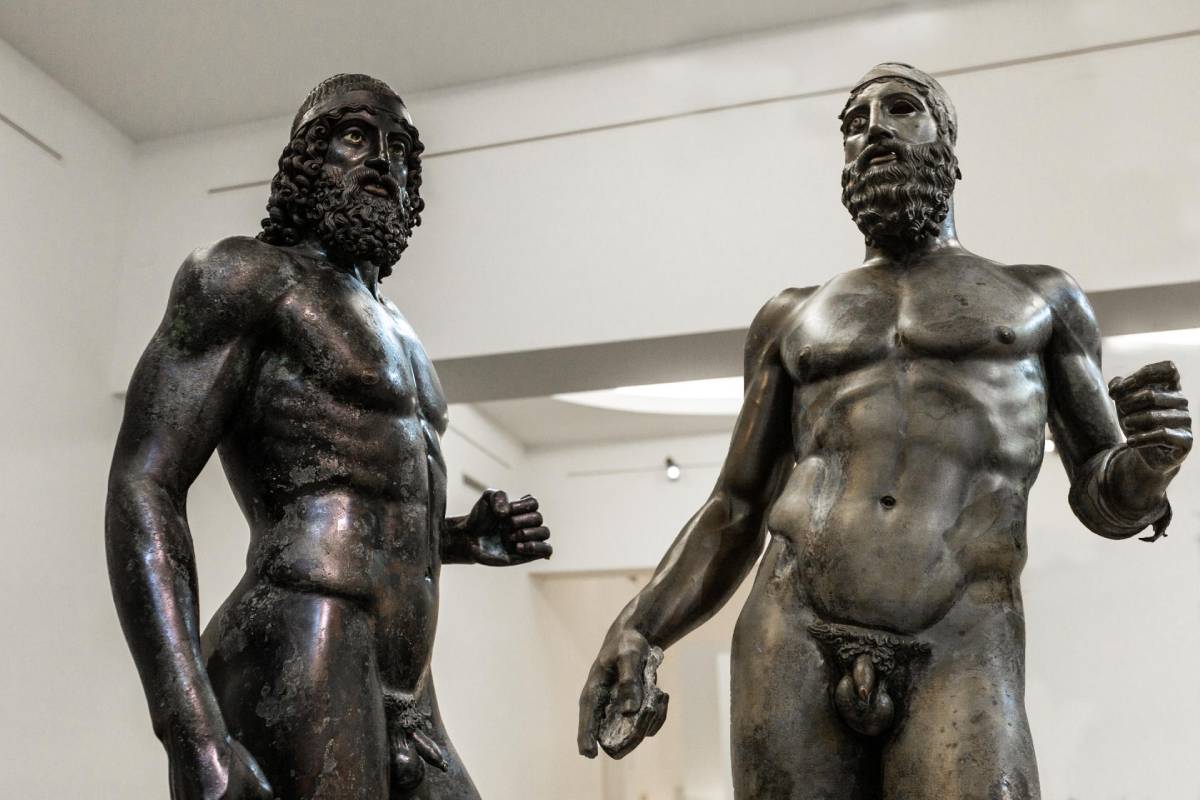
The centrepiece of the museum, the Bronzes are now the symbol of Calabrian archaeology. Discovered in 1972 in the Riace Marina section of the sea, statue "A" (The Young) and statue "B" (The Old), represent two naked warriors about two metres high, dated between 460 and 430 BC.
Museum of the Codex Purpureus Rossanensis
We move to the province of Cosenza, in the municipality of Corigliano-Rossano, to visit another unmissable museum in Calabria: the Diocesan and Codex Museum.
The first museum to be established in Calabria (1952), in 2016 it inaugurated a new and evocative visit itinerary based on the distinction of two main sections: the first, dedicated to the collection's most precious jewel, the Codex Purpureus; the second, to the history of the diocese and the city of Rossano over the centuries, through the display of works from various periods and types. Both routes are enriched by the presence of multimedia supports.
The priceless pearl of the Diocesan Museum of Rossano is precisely the Codex Purpureus Rossanensis, an ancient Greek illuminated gospel book dating back to the 6th century, which collects the gospels of Matthew and Mark in 188 sheets of the finest purple parchment and is enriched with beautiful miniatures. In 2015, the Codex was recognised as a UNESCO World Heritage Site, in the category "Memory of the World", and it is worth a visit to the museum and the city alone.
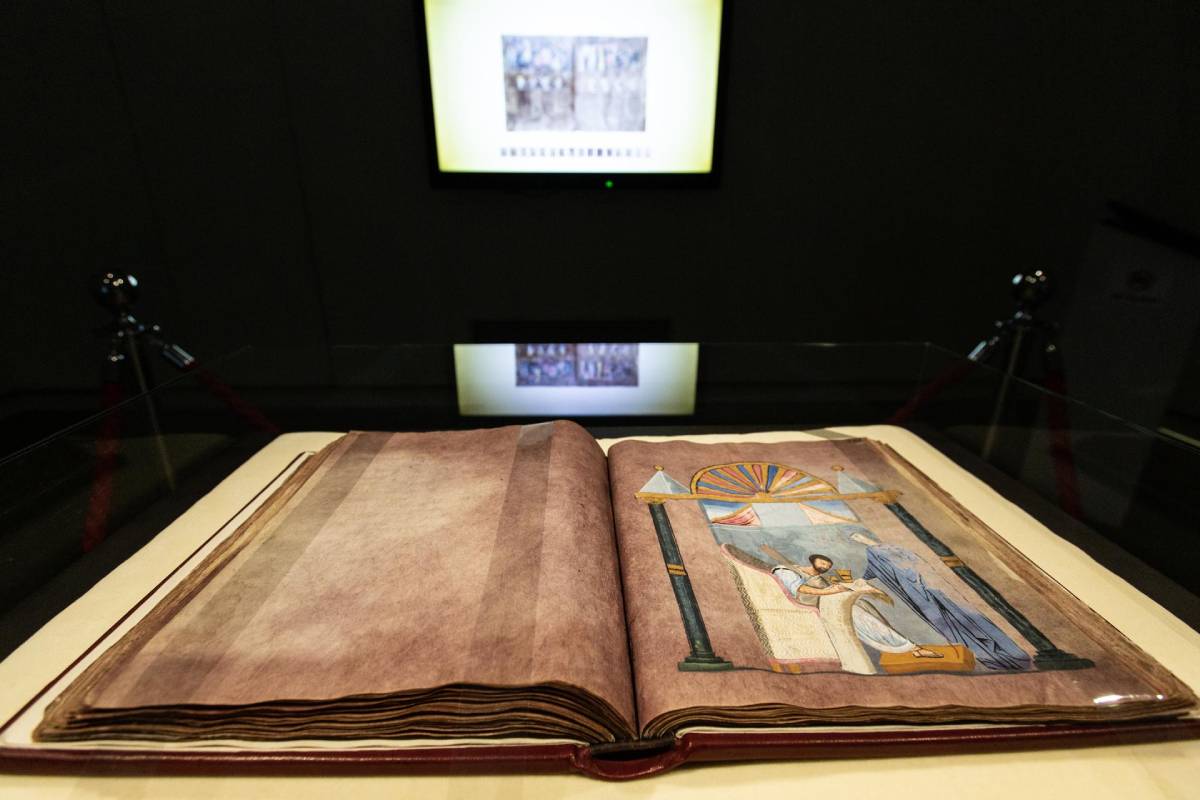
National Gallery of Cosenza "Palazzo Arnone"
We travel to the provincial capital of Cosenza for an autumn weekend of modern and contemporary art.
The former finds its elective space at the National Gallery in Palazzo Arnone. Set in the heart of the city's historical centre, at the confluence of the Crati and Busento rivers, the National Gallery of Cosenza is the exhibition centre of a breathtaking artistic production.
The prestigious Palazzo Arnone that houses it was built in the early 16th century by the brothers Bartolo and Ascanio Arnone and it has recently been refurbished with a state-of-the-art museum layout. It is accessed through a large barrel-vaulted entrance hall, on which the coat of arms of the Kingdom of Naples (1755) is painted.
The gallery displays a collection of paintings documenting the most significant moments of Italian art, with particular reference to southern Italy, from the 16th to the 20th century. Among the Calabrian masterpieces par excellence are works by Mattia Preti, two sketches by Sebastiano Conca, works by Pietro Negroni, Corrado Giaquinto, Luca Giordano and Umberto Boccioni, to name but a few.
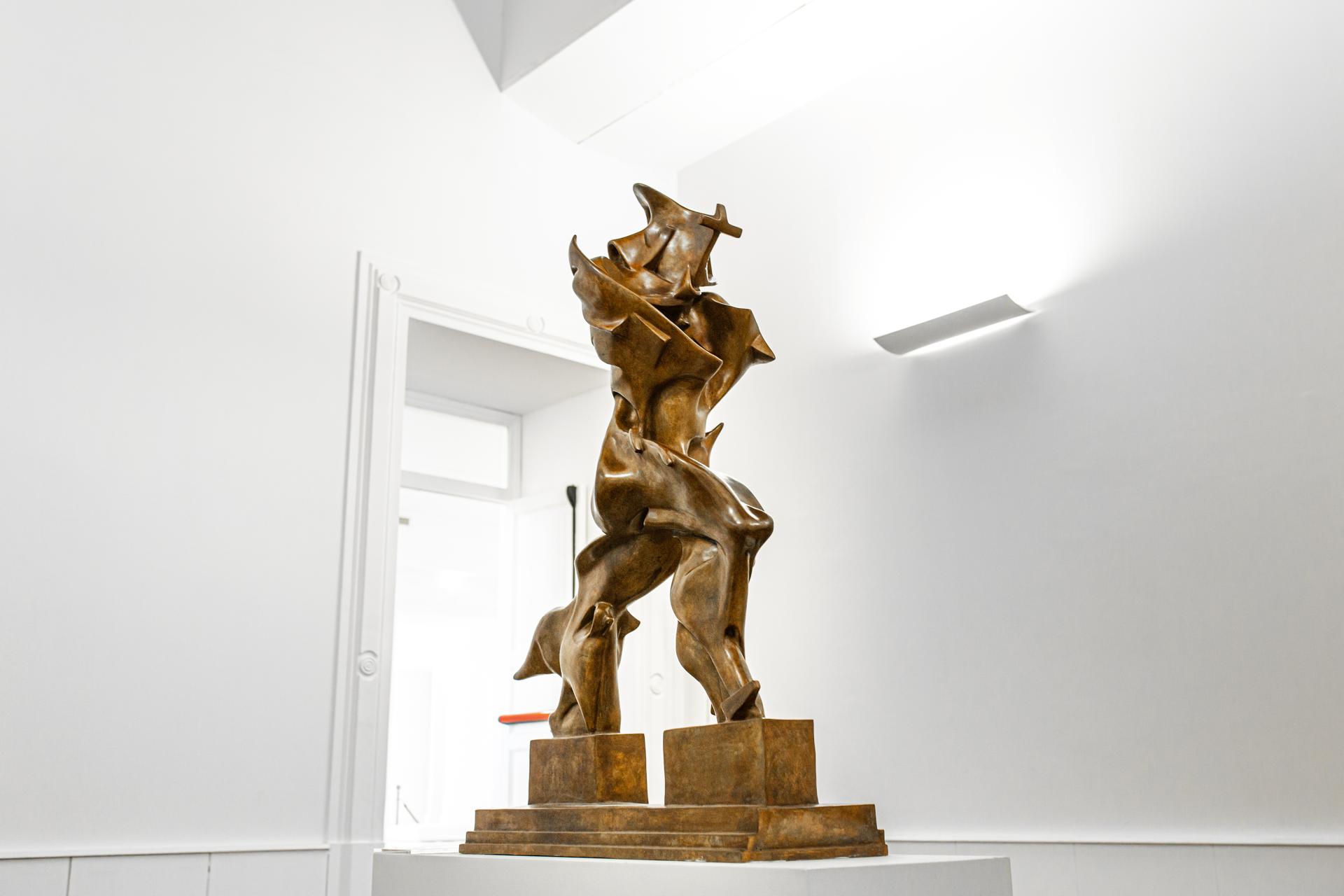
Taverna Civic Museum "Mattia Preti"
Lovers of Mattia Preti will find a substantial cross-section of his art in the artist's hometown of Taverna, in the province of Catanzaro.
Here, in addition to the large canvases exhibited in the main churches of the historic centre, is the "Mattia Preti" Civic Museum, expressly dedicated to the illustrious son who became one of the leading exponents of 17th-century painting on a national and international level, and was awarded the title of "Knight of Malta" (hence the appellation "Calabrian Knight").
The works by Mattia Preti in Taverna exhibited at the museum follow a chronological and biographical order that allows us to appreciate the production of Mattia and Gregorio Preti, both brother painters, in an excursus that includes Saint Hyacinth and Saint Vincent Ferrer, the Madonna of the Angels with Saints, a Saint Jerome and a sketch depicting Saints Peter and Paul.

"Vito Capialbi" National Archaeological Museum
The city of Vibo Valentia delights us with the ″Vito Capialbi″ National Archaeological Museum, which has been housed since 1969 in a wing of the monumental Norman-Swabian Castle, one of the architectural symbols of the historic centre.
Reaching the top of the panoramic hill on which the Castle of Vibo stands, after crossing the oldest part of the town, the exhibition takes us back through the centuries to the splendour of the ancient Greek city of Hipponion, with works and artefacts from the city and its surroundings.
The Vibo Archaeological Museum is divided into 4 main sections: artefacts from sacred buildings, from necropolises, from private collections and material from the Roman period. It starts with objects from the protohistoric period, including a sword from the 13th century B.C., and it continues with the most representative exhibits from the Greek and Roman periods: Corinthian, Rhodian and Attic ceramics, bronze helmets, votive statuettes and gold jewellery of remarkable quality.
From Cofino come a number of pinakes typical of Locri Epizephyrii and two terracotta models of a temple. The section dedicated to the Roman era exhibits finds from Sant'Aloe, where several domus and a bathhouse with splendid mosaics have emerged, as well as a coin hoard of 867 silver coins from Bretti dating back to the end of the 3rd century B.C.
On display in the museum courtyard is a mosaic from the 3rd century, found near the city's ancient harbour.
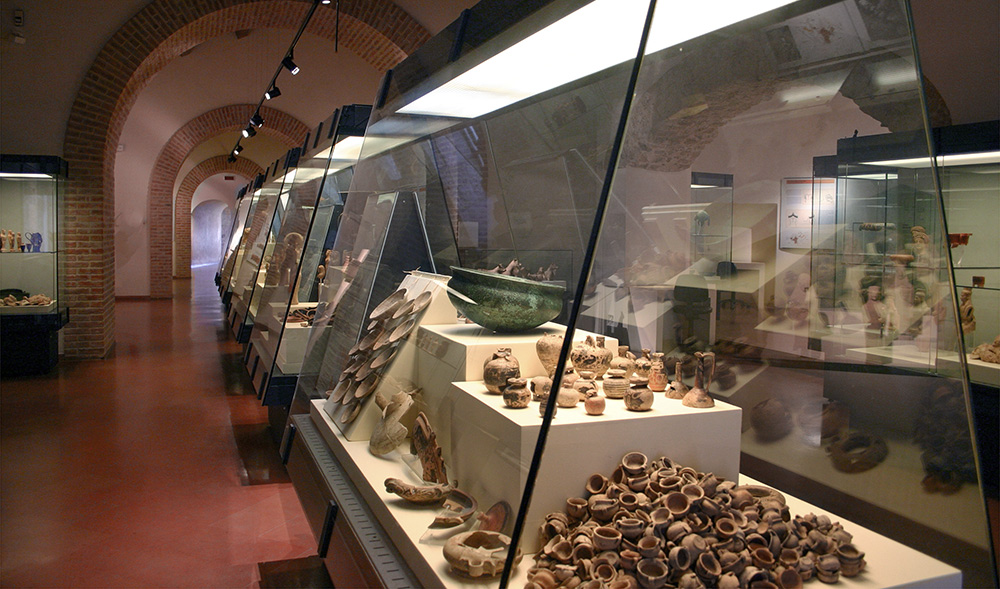
Pythagoras Museum and Gardens
The tour of Calabrian museums ends in the centre of Crotone, the "City of Pythagoras", in the very place where the Greek philosopher established his Pythagorean School (or Italic School).
We are in the heart of "Pythagoras Park", the large urban park that houses the Pythagorean Museum and Gardens.
The museum includes a partially underground building and an outdoor part overlooking the park, joined by a spiral path. The most original space of the Pythagorean Museum is the so-called "Ludomatica", an interactive classroom dedicated to mathematics, the only one of its kind in southern Italy.
Next to it is the permanent exhibition "Pitagora Docet", which showcases the works of national and international artists who have won the prestigious "Pitagora Prize".

https://calabriastraordinaria.it/en/news/autumn-at-museums-in-calabria-6-places-not-to-be-missed
